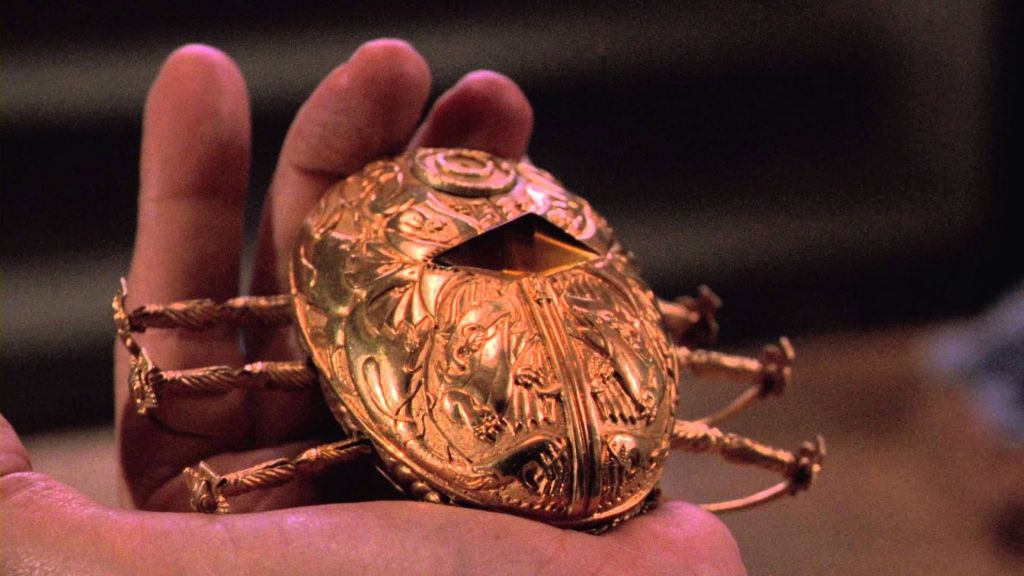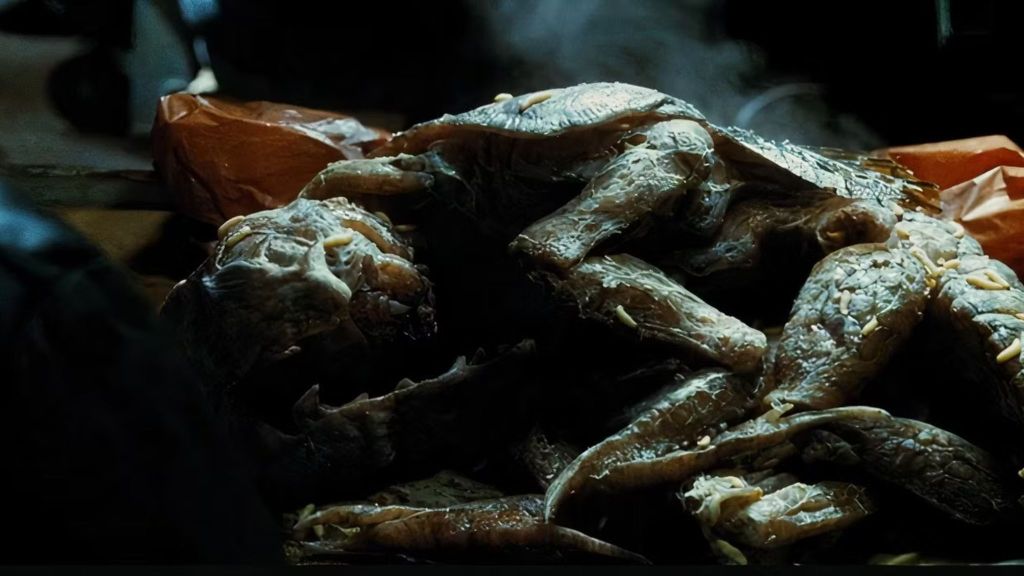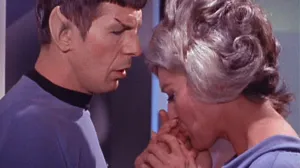Guillermo del Toro has earned his place among cinema’s greatest visionaries, with films like The Shape of Water and Pan’s Labyrinth garnering both critical acclaim and widespread audience appreciation. His unique ability to blend horror with heart has made him a master of fantastical storytelling, earning him multiple Academy Awards and a devoted following. Yet, despite having a nearly flawless filmography, some of del Toro’s work doesn’t get the love it deserves. As the director prepares to unleash his interpretation of Frankenstein with Oscar Isaac and Jacob Elordi on Netflix this November, it’s worth revisiting some of his earlier works that deserve more recognition from fans. These overlooked gems reveal how del Toro developed his distinctive voice while tackling different genres and production challenges, each contributing crucial elements to his artistic evolution.
Videos by ComicBook.com
These three films exemplify del Toro’s mastery of atmosphere, practical effects, and emotionally resonant narratives, yet they never achieved the widespread recognition of his more celebrated works. Here’s our pick for del Toro’s most underrated movies:
Cronos

Del Toro’s directorial debut, Cronos, offers an inventive take on vampire mythology that immediately established his talent for finding humanity in horror. Set in Mexico, the film follows Jesus Gris (Federico Luppi), an antique dealer who discovers a 460-year-old mechanical device created by an alchemist in Veracruz. This ornate, scarab-shaped mechanism, which contains an immortality-granting insect meshed with clockwork, attaches itself to Gris and slowly transforms him. As his youth returns and his vigor increases, he develops an insatiable thirst for blood that threatens his relationship with his granddaughter, Aurora (Tamara Shanath).
What sets Cronos apart is how it uses its supernatural elements to explore profound questions about mortality, faith, and family bonds. Del Toro’s script thoughtfully examines the price of eternal life while never losing sight of the emotional core between Gris and Aurora. The film garnered international acclaim, with critics praising its inventive direction and creative storytelling. As part of the Criterion Collection, it’s now considered a classic that helped establish many of del Toro’s recurring themes about the intersection of the fantastic and the deeply personal. Nevertheless, despite this recognition, many modern horror fans have yet to discover this unique vampire movie.
Mimic

[RELATED: Guillermo Del Toro Talks Scrapped Star Wars Movie]
Though studio interference led to del Toro disowning the theatrical version of Mimic, this ambitious creature feature showcases his talent for elevating monster movies through character-focused plots. The film follows Dr. Susan Tyler (Mira Sorvino), a talented entomologist who genetically engineers an insect species called the Judas Breed to combat a deadly disease that kills Manhattan’s children. Three years later, she discovers her creation has evolved far beyond its design, developing the ability to mimic its human prey in the subway tunnels beneath the city.
Despite frequent clashes with Miramax’s Weinstein brothers over the film’s tone and content, del Toro created memorable sequences that demonstrate his eye for film language. The director’s cut, released in 2011, better realizes his original vision, particularly in its atmospheric exploration of the underground world and its careful development of supporting characters played by a who’s who of character actors including Josh Brolin, Charles S. Dutton, and F. Murray Abraham. The practical effects used to create the evolved Judas insects remain impressive, showing del Toro’s commitment to tangible creature design even under challenging circumstances. While the theatrical version received mixed reviews, time has vindicated many of the film’s artistic choices, particularly its blend of social commentary with genuine scares.
Crimson Peak

Crimson Peak demonstrates del Toro’s mastery of atmosphere, though its marketing as a traditional horror film may have led to audience misconceptions. Set in Victorian-era England, the film follows Edith Cushing (Mia Wasikowska), an aspiring author who falls for the mysterious Sir Thomas Sharpe (Tom Hiddleston). When she moves into his decaying family mansion, Allerdale Hall, with Thomas and his sister Lucille (Jessica Chastain), Edith discovers dark secrets that threaten her life. The house itself becomes a character, with red clay seeping through its foundations like blood and ghosts haunting its corridors with warnings of danger.
Crimson Peak stands out for its meticulous attention to period detail and its sophisticated exploration of gothic romance tropes. Del Toro and his team created a visually stunning world, with the production design and cinematography working in concert to create an atmosphere of decaying grandeur. Though it had a soft performance at the box office, grossing $74 million worldwide on a reported $55 million budget, the film has gained a devoted following. After the initial shock of Crimson Peak not being a straightforward horror movie, fans can finally appreciate del Toro’s gothic romance for what it truly is.
What do you think is Guillermo del Toro’s most underrated movie? And what is your favorite del Toro film? Let us know in the comments!








